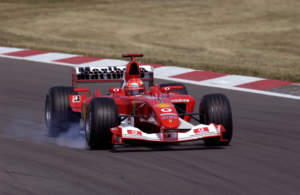Up Next

Formula 1’s first Saturday sprint race will be held to set the grid for Sunday’s British Grand Prix.
It’s the first time that more than one F1 race has been held as part of a world championship grand prix weekend since the 1959 German Grand Prix was decided over two heats.
The format and rules have been the subject of endless discussion, with the final sporting regulations only published in the build-up to the event.
So here is everything you need to know about the boldest race-weekend format change F1 has ever made.
WHAT’S THE FORMAT?
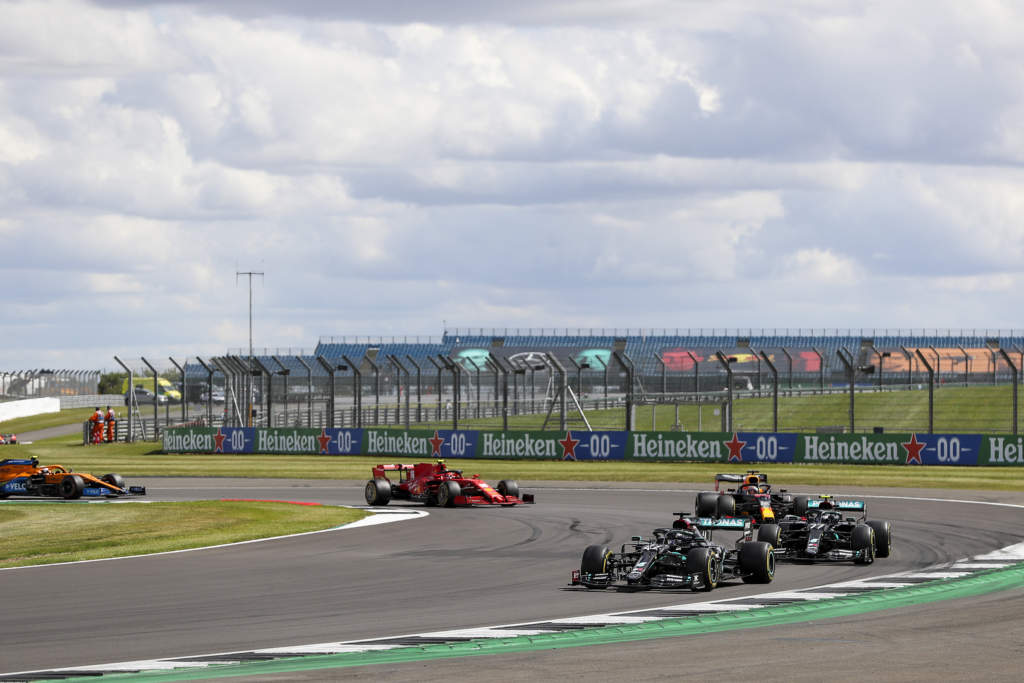
The sprint format will feature a normal qualifying session on Friday that sets the grid for a shorter race on Saturday, officially called a ‘sprint qualifying session’.
The distance of the sprint race will be equal to the lowest number of complete laps which exceed a distance of 100km – which for Silverstone is 17 laps.
As in the grand prix, any laps completed under the safety car will be included in the race distance.
Sprint qualifying will award points to the top three finishers and establish the grid for Sunday’s grand prix.
For the British Grand Prix and the debut of the new format, the F1 timetable looks like this:
FRIDAY
14:30 Free Practice 1 (60 minutes)
18:00 Qualifying (60 minutes, normal format)
SATURDAY
12:00 Free Practice 2 (60 minutes)
16:30 Sprint Race (17 laps)
SUNDAY
15:00 British Grand Prix (52 laps)
WHICH TYRES WILL DRIVERS START THE RACES ON?
Asked by The Race Members’ Club member Andy Ayres
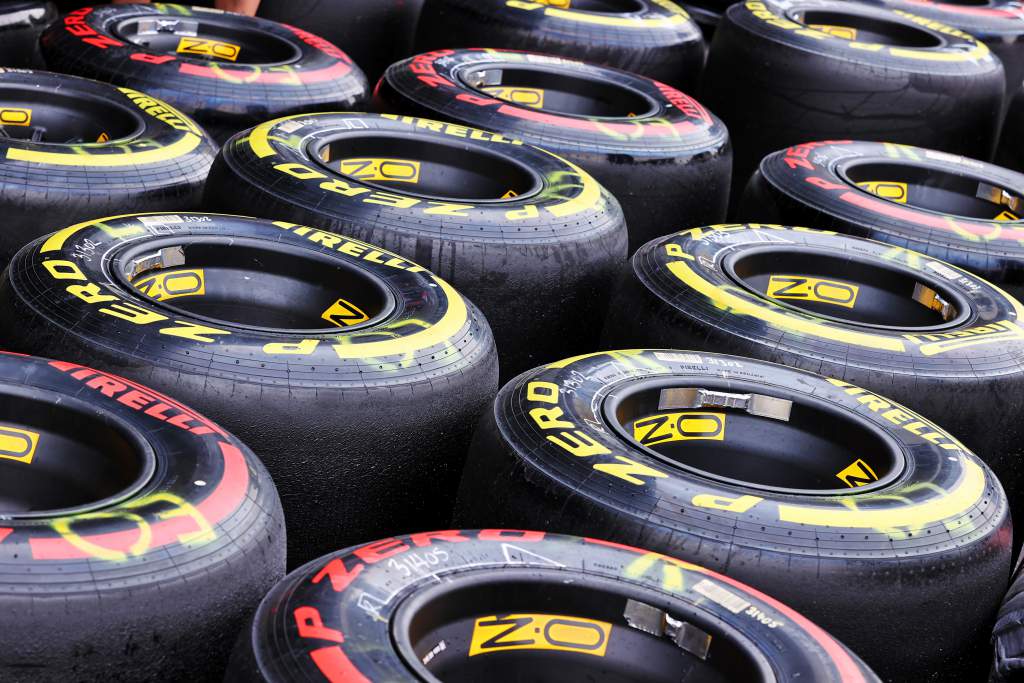
The choice of starting tyre for the sprint is free so the drivers can select whichever compound they prefer. The Q2 starting tyre rule is entirely removed, as the choice for the grand prix proper is also free.
The drivers have a similar tyre allocation to the usual, although they have only 12 rather than 13 sets of slicks, with an extra set of intermediates allocated. The slick selection comprises two hards, four mediums and six softs – meaning one more medium and two fewer softs compared to a standard weekend.
On top of the four available sets of intermediates, a fifth can be made available if it rains on Friday, or is expected to on Saturday. The regulations also state that only softs may be used during Friday’s qualifying session.
The medium compound is likely to be a popular choice for the sprint given the race duration.
WILL THERE BE A PITSTOP?
Pitstops are permitted but they are not mandatory, with the obligation to use two compounds in the race dropped. However, it remains in place for Sunday’s grand prix.
But while pitstops are permitted, they do not make strategic sense given the race length, with insufficient laps to make up for the time loss. However, if there is a safety car it’s possible that some might make a pitstop to seek a competitive advantage, particularly those down the order.
IS THERE A FUEL LIMIT?
There is no limit to the quantity of fuel used during the sprint race, meaning the cars can be loaded up with as much as the teams want for the start.
However, the standard fuel-flow limit of 140kg/h is in place.
WHAT HAPPENS IF THE RACE IS STOPPED?
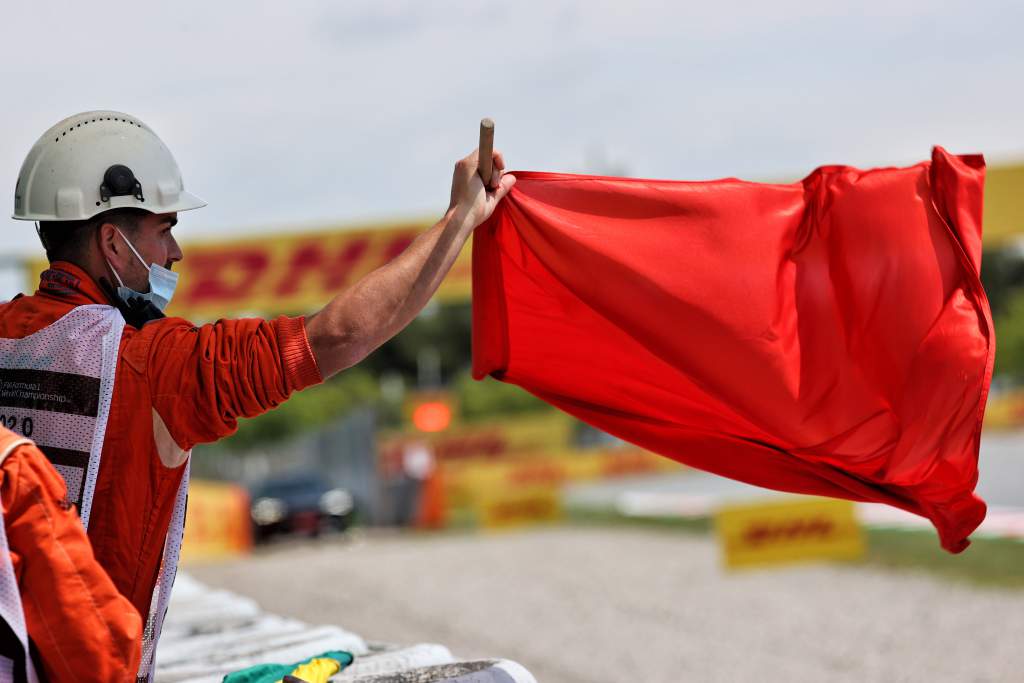
In the case of a red flag, the race can restart. However, the race must be completed within 90 minutes of it starting, including the time of the stoppage. The maximum total racing time is one hour.
WILL POINTS BE AWARDED?
Yes, to the top three finishers of the sprint race.
The winner will get three points, second place will get two points, and third place will get one point, if the leader has completed 75% of the distance or more.
If the sprint race is suspended and cannot be resumed, no points will be awarded if the leader has completed two laps or fewer, but half points will be awarded if the leader has completed more than two laps but less than 75% of the distance.
F1 wanted to award even more points, to more positions, to make sure the race did not become a procession with drivers holding position to avoid compromising their Sunday chances. But there was a concern of taking too much importance away from the grand prix by making Saturday more valuable.
Sprint race results do not count in the case of a countback situation in the championship.
HOW WILL PARC FERME WORK NOW?
The cars enter parc ferme conditions when they leave the pitlane during Q1 in qualifying and remain there for the rest of the weekend.
This means the suspension and aerodynamic configurations cannot be changed, save for front wing adjustment.
In terms of components, the standard rules apply with teams allowed to change specified items and also to replace any components with ones of the same specification.
In addition to this, on sprint qualifying weekends, teams may change the brake discs and caliper pads, the engine exhaust system, engine oil filters, intake air filter and spark plugs.
WHAT HAPPENS IF A CAR GETS DAMAGED?
Asked by The Race Members’ Club members Timothy Junes and Simon T
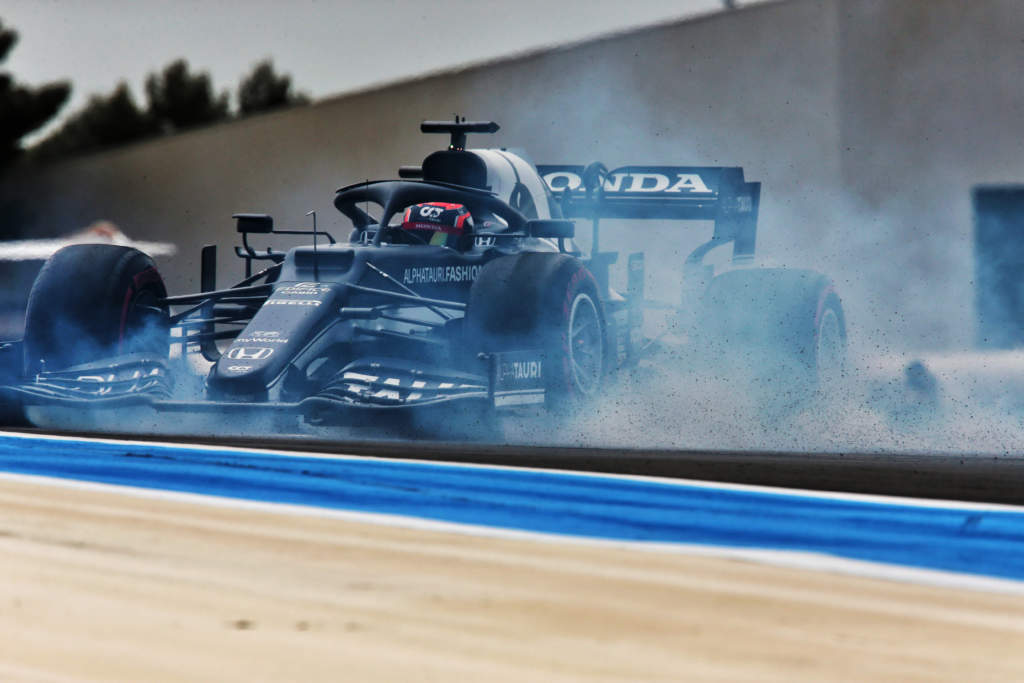
Damage in the sprint is treated in the same way as damage between normal qualifying and the race.
Teams can apply for permission to change components and should do so with parts of the same specification.
However, in exceptional circumstances it will be permitted to use components of a different design provided the parts are of a specification that has previously been used in qualifying or a race.
HOW WILL GRID PENALTIES BE APPLIED?
All grid penalties relating to gearbox changes, exceeding power unit component allowances, arising from gaining three reprimands or tyre misuse are applied to the race only.
However, other grid penalties can hypothetically be applied in the sprint, depending on how stewards word the penalty. Ahead of the British Grand Prix weekend, nobody has a grid penalty hanging over them.
WHERE WILL DRIVERS WHO FAIL TO FINISH THE SPRINT START THE GP?
Asked by The Race Members’ Club member Jannes van der Wal
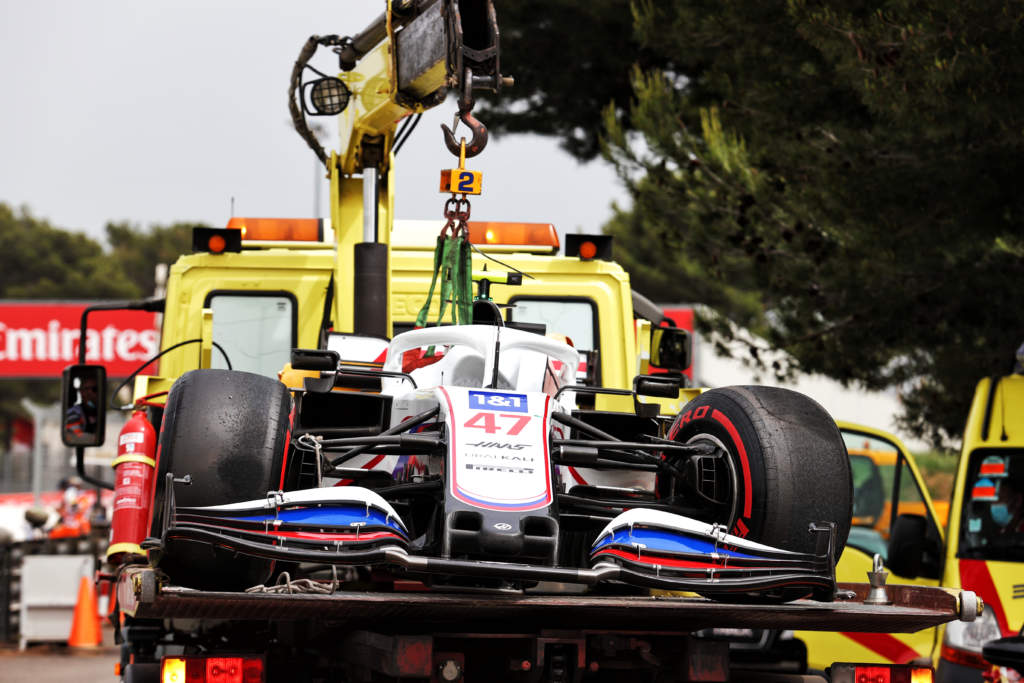
The drivers that do not complete the required 90% of the sprint race distance to be classified as finishers will be lined behind the classified finishers based on laps completed. If drivers complete the same number of laps, whoever was classified higher in the starting grid for the sprint will start ahead.
HOW DOES THIS IMPACT THE BUDGET CAP?
Asked by The Race Members’ Club member Shane Wilkinson
One of the major stumbling blocks when negotiating with teams to introduce the sprint was the push for an extra allowance under the budget cap given the cost of the extra racing miles and resulting wear and tear – not to mention the risk of accident damage.
To cover this, teams have been granted an extra $500,000 of spending room to cover the three sprint events this season. On top of that, there is also the mechanism to apply for an increase on that allowance within the cost cap application in the case of significant accident damage.
WILL THERE BE OTHER SPRINT RACES?
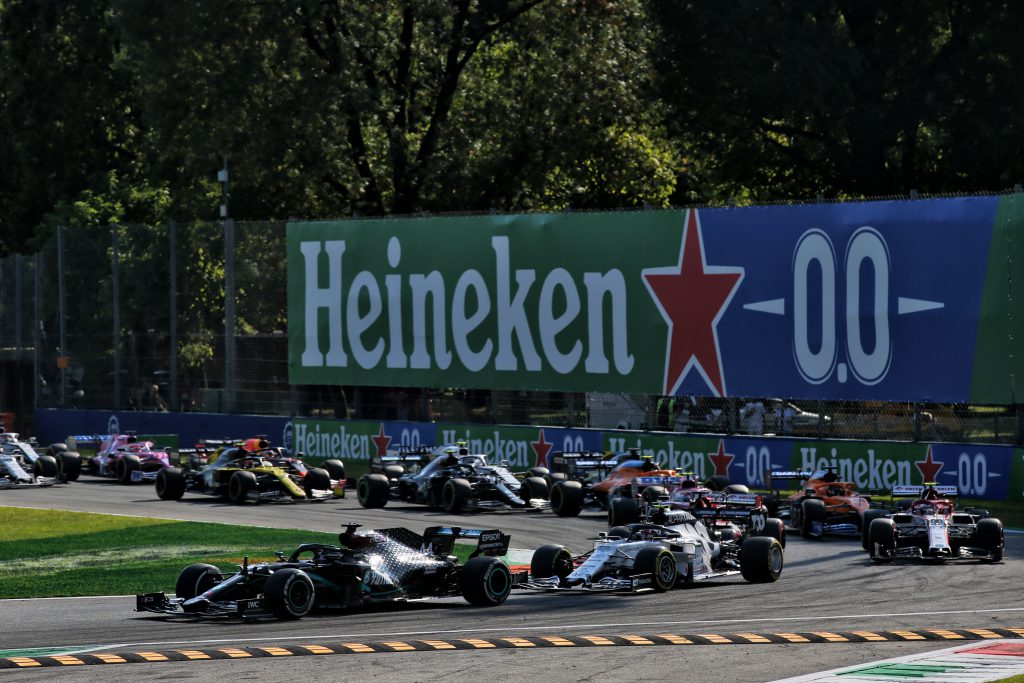
Yes, two more in 2021. The Italian Grand Prix will use the new format and there will be a third event that’s yet to be confirmed.
It is likely to be around the time of the United States Grand Prix as F1 does not want the points available in the sprint race to be a potential title decider, so will avoid using the format in Saudi Arabia or Abu Dhabi.
WHAT WILL HAPPEN IN 2022?
If the format is deemed a success, the likelihood is F1 will push for it to be used more in 2022.
It will not become a permanent format but Brawn has personally targeted around six events next year.
That will be subject to the teams voting for it, as the proposal will have to go through the full process again to be added to the 2022 rules.
F1 will judge its success based on various factors such as response, increased television figures, ticket sales, social media engagement, response from race promoters and more.
Brawn has promised F1 will not force the idea through longer-term if it does not have positive consequences.
ARE REVERSE GRIDS DEAD?
Yes. Brawn has admitted that it was a “step too far” and F1 seems committed to this version of the proposal as its favoured new format.
“We tested the water and got our fingers bitten off,” said Brawn. “So, we retreated and rethought through what could be possible and what would be a good step.”
However, even if the idea is not a reverse-grid race, it seems F1 will likely use the sprint format as a reason to trial other ideas in the future.
Brawn has spoken enthusiastically about F1 doing such real-world experiments to judge how potential new formats work in reality.





